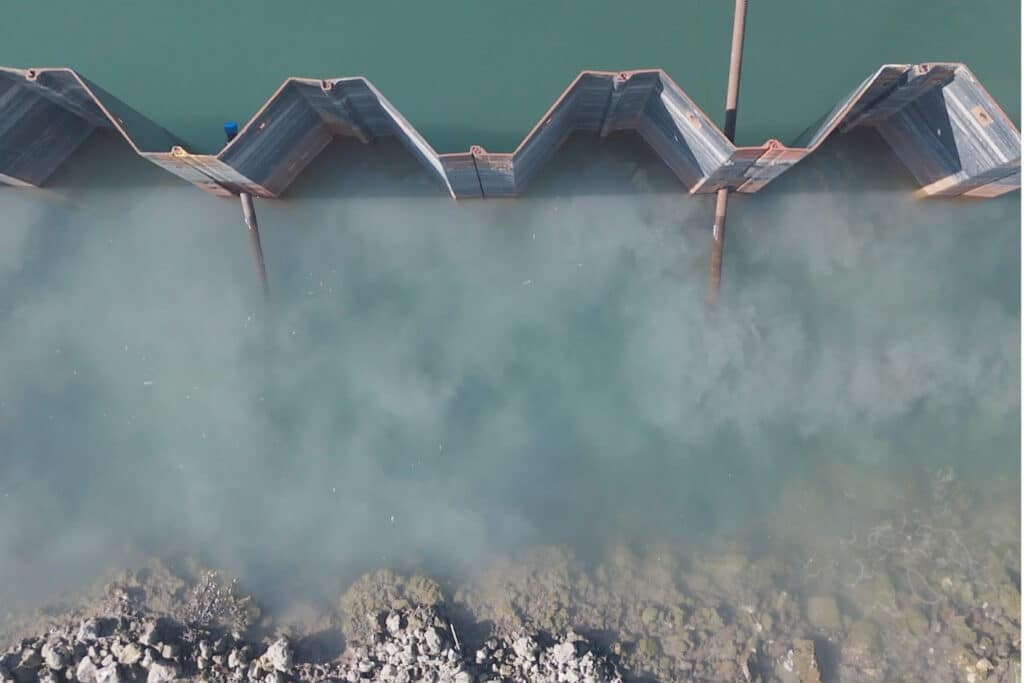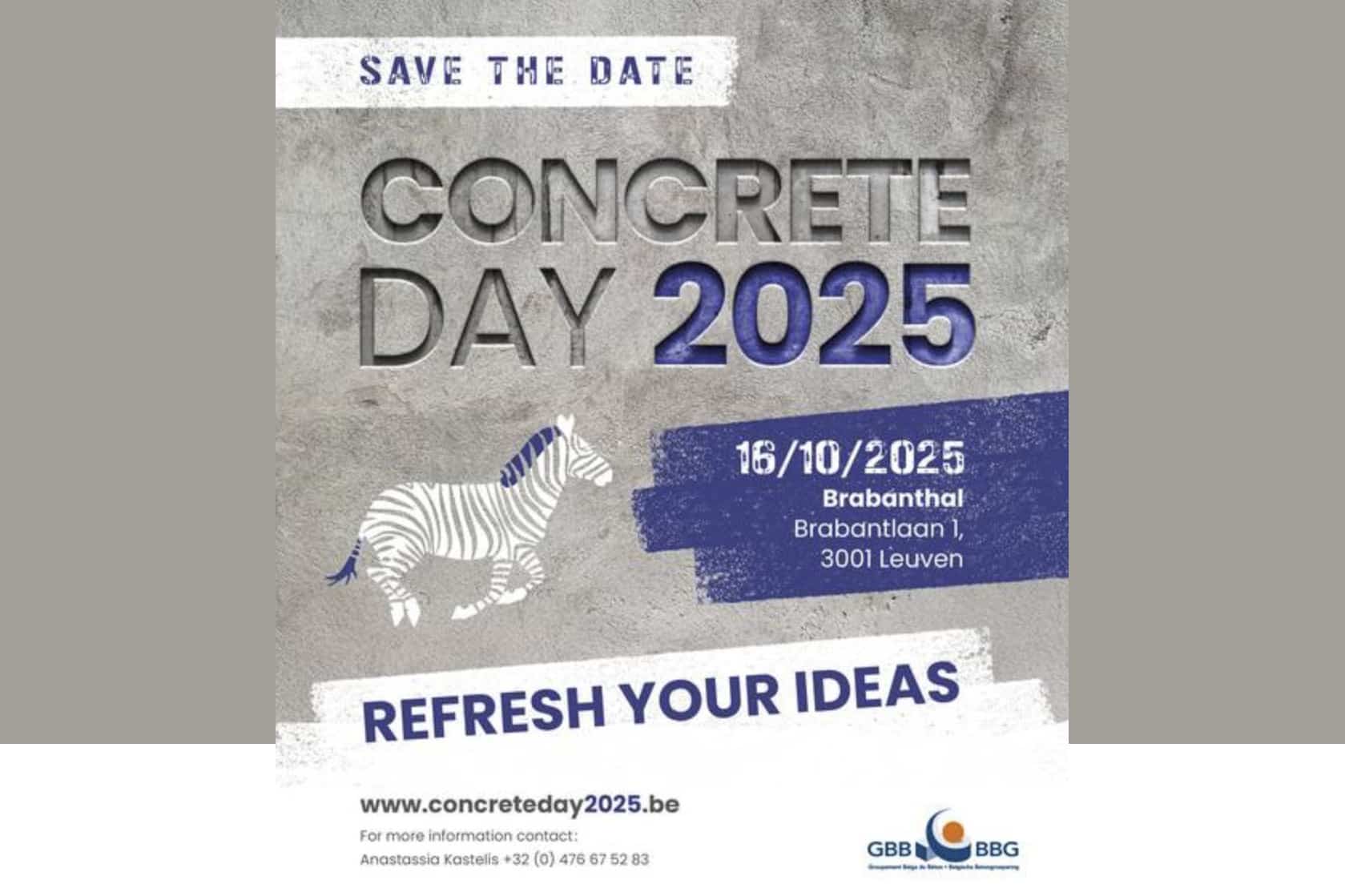
Hakkers and Paebbl introduce world first: CO₂ storage in port infrastructure in port of Rotterdam
Hakkers, a leading Dutch contracting and engineering company, and Paebbl, the technology company that converts captured CO₂ into permanent carbon-binding building materials, have launched their first joint project in the port of Rotterdam. By replacing some of the traditional cement in the anchoring mix with Paebbl's material, the two companies are laying the foundation for a new standard in climate-friendly infrastructure.
Hakkers uses about 5,000 tons of cement annually for anchoring in various civil engineering projects, accounting for about one-fifth of the Dutch market. In this application, 15% of the traditional cement was replaced with Paebbl's carbon-binding material, resulting in lower emissions than with standard mixes. At this replacement level, a total of 110 kg of CO₂ per ton of material is sequestered, resulting in a total savings of 500 kg of CO₂ in this project.
In addition, all-electric drilling equipment was used during implementation, which avoided direct emissions and minimized air pollution (cf: https://hakkers.com/en/hakkers-commits-to-clean-emission-free-construction/).
"We are constantly looking for innovative ways to reduce our carbon footprint on an industrial scale. Traditional anchoring systems rely heavily on cement, which generates a lot of CO₂ emissions. The partnership with Paebbl allows us to explore a more sustainable approach, without compromising on the scale, reliability or performance our customers expect," said Jeroen Kuup, Commercial Manager at Hakkers Funderingstechniek.

According to industry research, cement accounts for about 8% of global carbon emissions, a powerful signal that innovation in the construction industry is urgently needed. Paebbl's innovative material offers two advantages in the fight against climate change. On the one hand, it permanently stores CO₂: up to 300 kg of CO₂ per 1,000 kg of material produced. On the other hand, as a (partial) substitute for cement, the material leads to a significant reduction of the so-called "embodied carbon" in construction projects, with a potential of up to 30%.
By accelerating natural mineralization processes by a factor of one million, Paebbl fixes CO₂ into a stable mineral form rather than emitting it. This approach allows construction projects to embed carbon into building materials, transforming the built environment from a major emitter into a potential CO₂ repository. These innovative materials represent crucial progress toward climate-neutral buildings and a more sustainable future for the construction industry.
"It is fantastic to see our carbon-binding technology actually applied in practice. Working with an experienced contractor like Hakkers, and applying it in critical infrastructure at the Port of Rotterdam, shows that our solutions are ready for large-scale applications. We look forward to further expanding this collaboration and exploring new applications," said Ana Luisa Vaz, VP Products at Paebbl.



